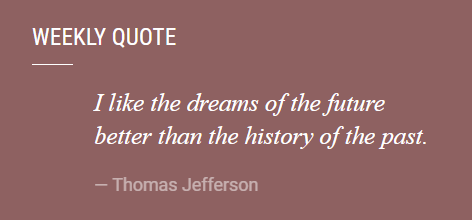Nike just unveiled a shoe designed specifically to break the two-hour marathon mark.
The shoe is part of the company’s big “moonshot,” to get the marathon world record down to under two hours, which was announced late last year. (That current world record time stands at 2:02:57, a feat achieved by Kenya’s Dennis Kimetto at the Berlin Marathon in 2014.) To achieve this, Nike nke has signed up three elite runners, Eliud Kipchoge of Kenya, Lelisa Desisa of Ethiopia and Zersenay Tadese of Eritrea, for the 2-hour marathon project it is calling “Breaking2.”
To be clear, this attempted feat truly is a “moonshot.” Runner’s World crunched the numbers a few years ago to try to figure out when a sub two-hour marathon could occur and it estimated it might not happen until 2075 based on how the record has fallen in recent decades.
Nike is undeterred, however. To make “Breaking2” a reality, Nike’s in-house team of experts have honed in on advances in footwear and apparel design. Their efforts are showcased in the Nike Zoom Vaporfly Elite, a new running shoe custom-made for the three Nike-endorsed athletes currently training on a fixed loop in Italy.
While the Nike Zoon Vaporfly Elite won’t be available for retail, the company is bringing some of its new technological features to the masses. In early June, Nike will launch a slate of new shoes it says are most ideal for marathon racing and training. The marquee shoe is the $250 Nike Zoom Vaporfly 4%, which Nike says is both lighter and more efficient than other shoes it has previously developed for racing. The midsole foam in that shoe is about a third of the weight of a standard ethylene vinyl acetate, or EVA, yet purportedly returns 13% more energy to the athlete. In shoe development, a lighter shoe typically returns less energy.
“People are always asking, a shoe can’t make you faster?” said Nike running footwear director Bret Schoolmeester in a recent interview with Fortune. “But we are happy to say that it can based on this project.”
Nike likes to think big picture when it comes to its running-related projects, a category that generated $5 billion in revenue for the most recent fiscal year. In the past, technological developments have been tied to the Olympics, such as when the company launched Lunarlite foam for the Beijing Olympics in 2008 and Flyknit technology four years later in London. In both cases, the initial concept was designed specifically for elite athletes, before being made available to consumers.
Other shoes in the company’s latest running line include the $150 Nike Zoom Fly (which is intended for regular training) and the $120 Nike Air Zoom Pegasus 34. Pegasus is a popular running shoe that Nike has sold for 34 years but continuously updates.
Schoolmeester said the line’s development process relied on insights from elite athletes running indoors on treadmills (for more extensive data-driven research) as well as outside (for feedback from athletes about what was working and what wasn’t). The main goal was to design a shoe that’s light, but has the support more typical in a shoe used for heavy training.
“We can make a shoe that’s zero grams–it is your bare foot,” he said. “But as we continued to refine [the shoe], we felt the benefits of having this cushion outweighed any benefit of taking more weight away.”

